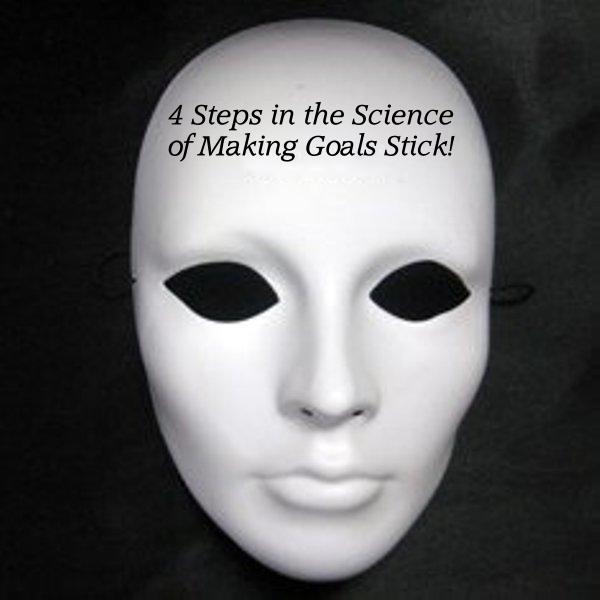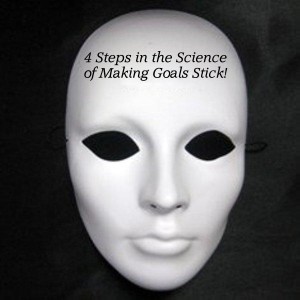So you’re all ready for the New Year, or at least planning a few things you hope to change or improve. The current podcast episode will take you in a different direction with 4 steps that will increase your chances of being Rocky with your arms uplifted when this time rolls around next year.
Break down what it is you want
First, begin with deciding what it is you want and the basics of what that means. What would be the smallest part of it you could imagine and then begin to gradually go through the steps up to the highest level of achievement. You can now begin to look at what you want to accomplish as less of a huge mountain to climb and more a series of hills you have to get over to the top or somewhere in between.
Notice I said “somewhere in between”? Very often the tendency is to make it an all or nothing situation when many times the “all” means you learned enough stuff along the way that the goal can be modified or you accept that the time frame you’ve given yourself does not work for the goal you’ve set but can celebrate how far you’ve come.
Determine the basic steps that will be your foundation
You’ve broken down the goal into smaller pieces and now comes the most important part: Of all the steps which ones will get you the closest to being able to apply what you have learned? This part is important because you want to learn enough to actually be able to experiment and then self-correct. Want to learn how to ice skate? The most basic step is learning how to stand on the ice and then glide 3 to 4 feet. See where I’m going here? Once you have mastered this portion of your goal, you’re now able to monitor what you’re doing and piece together more sections of 3 to 4 feet until you have learned to cover the entire length of the ice. Every goal has sections that will support you being able to experiment and improve. It is your job to find those sections rather than focusing on the goal as a whole because those sections are the foundation of the entire attempt.
The idea is not to become involved in paralysis by analysis but picking a task or situation that is basic enough to the whole task that you can apply it and monitor how you’re doing. What comes to mind for me is wanting to learn HTML. I’ve never had the time to sit down and learn the code, start to finish, but wanted to learn how to simply justify my blog posts. Once I learned to create that piece of code I then understood more about creating code to space, turn sections bold, moved on to what is a header and how to move things around. Remember what I said about “somewhere in between”? I may not become a coder but feel less helpless in making changes to create the look I want on my website and that is fine by me.
Commit to devoting a small amount of time to learning
According to Josh Kaufman and his research in the book “Learn Anything in Twenty Hours” the next important step is to commit to devoting 20 hours, not all together but when you can, to really learning the basic features you’ve discovered. He says this because the barrier to learning is not intellectual but emotional, because we don’t like that feeling of not knowing what we’re doing. To head this off, we give ourselves permission to feel uncomfortable for a short period of time. And, it truly is a short period of time when compared to Gladwell’s standard of 10,000 hours in “Outliers”. Viewing it from this perspective you trick your mind into agreeing to what seems like a short period of time. Sort of like the difference between chronic pain and a pin prick.
Put your learning on steroids
Practice or review what you want to do within 4 hours of going to sleep. Deep relaxed visualization causes change to happen faster because sleep or deep relaxation plays a major role in learning and memory. During this process the mind is not resting but actually making brain connections that support learning a skill or completing a goal. Researchers in a 2014 study at New York University’s School of Medicine trained participants in a new skill. The study showed that participants who practiced or reviewed within 4 hours of sleep formed significantly more new brain connections, and they learned more, faster. You can see how guided relaxation becomes a tool to quickly help to train the brain to make the connections you want.
So there you have it, the mind science of making goals stick in 4 steps. Now, you have a little work to do as you prepare to make those goals happen. And you also see why the “hidden desires” relaxed visualization sessions offered on this site are so popular, they make them happen faster.



